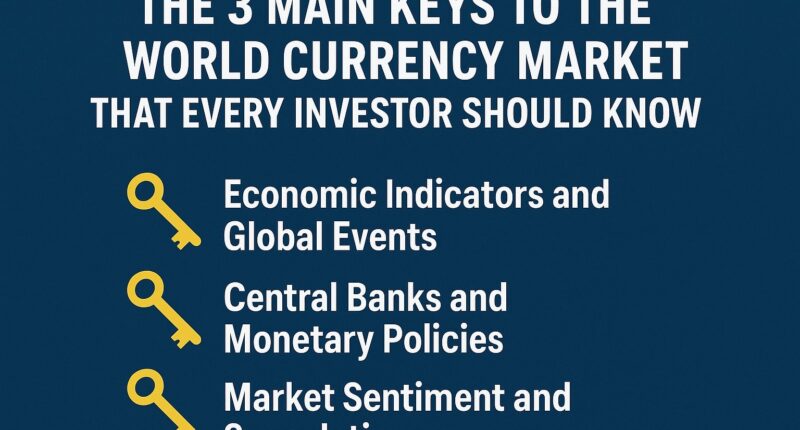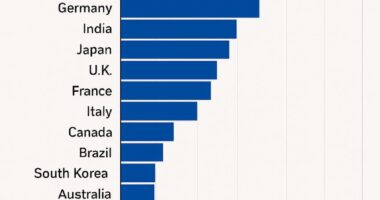The world currency market, also known as the foreign exchange (Forex or FX) market, is the largest financial market in the world. With trillions of dollars traded daily, it offers both opportunities and risks for investors. Understanding the main factors that drive this market is essential for anyone looking to invest in global currencies. In this article, we will explore the 3 main keys to the world currency market that every investor should know.
Key 1: Economic Indicators and Global Events
One of the most important drivers of the currency market is the strength of a country’s economy. Economic indicators such as GDP growth, employment data, inflation rates, and trade balances directly influence a currency’s value.
-
GDP (Gross Domestic Product): Strong economic growth often leads to a stronger currency as investors gain confidence.
-
Inflation and Interest Rates: Higher inflation usually weakens a currency, while higher interest rates attract foreign investment and strengthen it.
-
Employment Reports: Indicators like the U.S. Non-Farm Payroll (NFP) significantly impact global currency trading.
In addition to economic data, global events such as political instability, natural disasters, or international conflicts can trigger volatility in the market. For example, the COVID-19 pandemic and the Russia-Ukraine war caused major shifts in global currency values.
Key 2: Central Banks and Monetary Policies
Central banks play a critical role in shaping the world currency market. Their decisions on monetary policy—such as adjusting interest rates, printing money, or engaging in quantitative easing—directly affect currency values.
-
Federal Reserve (U.S.): Often sets the tone for global currency movement, since the U.S. dollar is the world’s reserve currency.
-
European Central Bank (ECB): Influences the euro, which is the second-most traded currency.
-
Bank of Japan (BOJ), People’s Bank of China (PBOC), and others: Each impacts their regional currencies and, by extension, global trade.
For investors, keeping track of central bank announcements and policy changes is essential. A simple interest rate hike or cut can trigger immediate shifts in exchange rates, creating opportunities or risks in trading strategies.
Key 3: Market Sentiment and Speculation
While economic data and central bank policies are fundamental, the psychology of investors and market sentiment also drives the currency market. Traders react not only to facts but also to expectations, rumors, and news.
-
Safe-Haven Currencies: In times of uncertainty, investors often move toward currencies like the U.S. dollar (USD), Swiss franc (CHF), and Japanese yen (JPY).
-
Speculative Trading: Large institutional investors, hedge funds, and retail traders engage in speculation, which can create short-term volatility.
-
Geopolitical Risk: Even speculation about elections, sanctions, or international relations can shift market sentiment dramatically.
For investors, understanding how sentiment influences short-term price swings is just as important as analyzing long-term fundamentals.
Conclusion
The world currency market is influenced by economic indicators, central bank policies, and market sentiment. These three keys work together to shape global currency trends and create both risks and opportunities for investors. By staying informed about global events, following central bank decisions, and analyzing market sentiment, investors can better position themselves to succeed in the dynamic Forex market.









